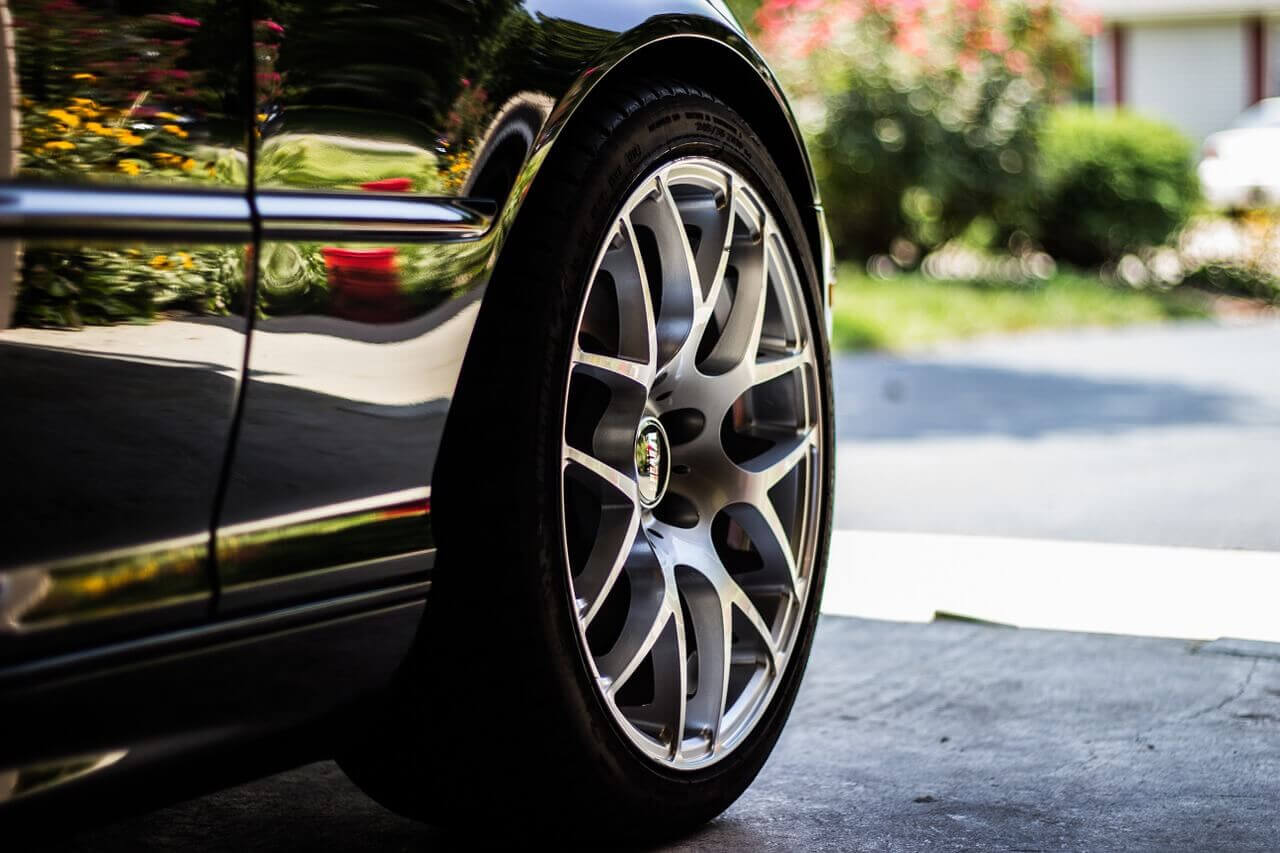You might think that it’s all about aesthetics. That the wheel of your car plays only a simple role of beauty. Think again, it is much more important than that. In fact, a quality wheel will improve the comfort and driving dynamics of your vehicle. It’s as simple as that!
What are they made of
To know your wheels, you first need to know what material it is made of. It affects not only its appearance, but also its performance through its strength, weight and durability.
Steel: Simple and inexpensive, steel wheels generally have a basic design and are suitable for low-cost cars. They are often covered by a hubcap to add style. Steel wheels are often heavier than their more expensive counterparts.
Aluminum alloy: All types of cars of all manufacturers are equipped with aluminum wheels, sedans to luxury cars. Aluminum establishes a strong balance between strength, weight, durability and cost.
Carbon Fiber: Although very rare, an increasing number of vehicles are available with carbon fiber wheels. The wheels made from this exotic material are extremely lightweight and robust. They are therefore an ideal choice for track-oriented sports cars.
But why linger on the wheels?
Because they have a real impact on driving. They are the ones who are in direct contact with the ground, and who propel your vehicle. They are also acting on the power, and somehow manage the energy used to move your car.
Thus, in addition to a dramatic look, changing the wheels of your car can have a significant impact on its alignment, handling, braking, driving quality, acceleration, and on the indicator of speed. A wheel of bad size, and you will have a distorted reading!
What there is to know!
Choosing new wheels is not as simple as it may seem. And it goes much further than choosing a simple design. You must first know exactly how big your wheels are, in several dimensions.
The first is the diameter, or the size of a wheel. Having big wheels is nice on a car, but it will significantly affect consumption, as well as handling. It is also important to ensure that there is sufficient clearance between the tire itself and the wheel arch, as this may cause friction and damage to the vehicle or the tire itself.
Larger wheels often require the use of a thinner, sportier tire, which has a direct impact on the comfort of the car.
The diameter of the set is another consideration to consider, but only when you opt for a wheel smaller than the original one.
Width of the wheel is another critical measure. And the front spacing of a wheel (distance between the central axis and the outer edge) and the rear spacing (distance between the central axis and the inner edge) is its width. Choosing a wider rim, then a wider tire, can offer more grip and traction when cornering, accelerating or braking. However, a wider rim can also rub the inside of the wheel and raise fuel consumption.
The configuration of the bolts and the diameter of the circle are other critical measures. The bolt model refers to the number of legs that secure the wheel to the hub. It may sound basic, but your beautiful wheel model may not be designed for your car.
Finally, the total weight of the wheel will have an impact too. On its resistance, most often, but also on driving and handling.
Do not buy a wheel just because you like it. Make sure it will please your car too!






